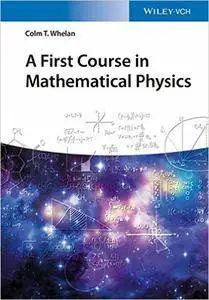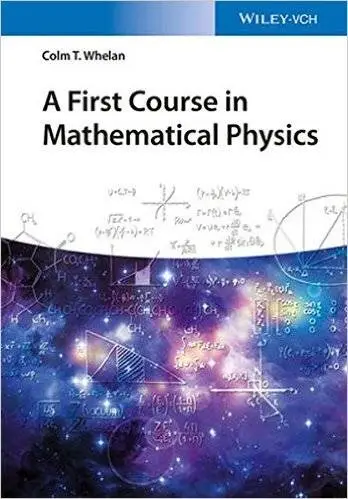Colm T. Whelan, "A First Course in Mathematical Physics"
English | ISBN: 3527413332 | 2016 | 260 pages | PDF | 4 MB
English | ISBN: 3527413332 | 2016 | 260 pages | PDF | 4 MB
This book is based on a course designed by the author on Mathematical Methods, a required course for all our physics majors in their freshman year. Mathematical Physics refers to the application of mathematics to problems in physics and the development of mathematical methods suitable for such applications and for the formulation of physical theories. Branches of mathematical physics include geometrically advanced formulations of classical mechanics, partial differential equations, quantum theory, relativity and quantum relativistic theories, and statistical mechanics.Students in the Physical Sciences and Engineering are not well enough prepared in mathematics and do not possess the requisite mathematical maturity to easily follow many of the courses after their freshman year. The exercise of playing catch up can leave them at a perpetual and discouraging disadvantage. There is a real need for an introduction to mathematical physics early on in a student?s career. The idea is to present the main ideas and methods of applied mathematics in a simple and intelligible way with the underlying mathematics and its application developed in parallel. The book assumes next to no prior knowledge of the topic. The first part introduces the core mathematics and, while the author includes a large number of worked examples and numerous applications in this section, he feels that a fuller understanding can only be achieved if the physical context is given a fuller introduction. In the second part of the book, a series of case studies overview some of the more beautiful and conceptually stimulating areas of physics, the presentation of which draws on the developments in the first part. There will be a large number of problems included (approx. 120). Solutions to these will be made available to instructors on an associated password–protected website for lecturers.



